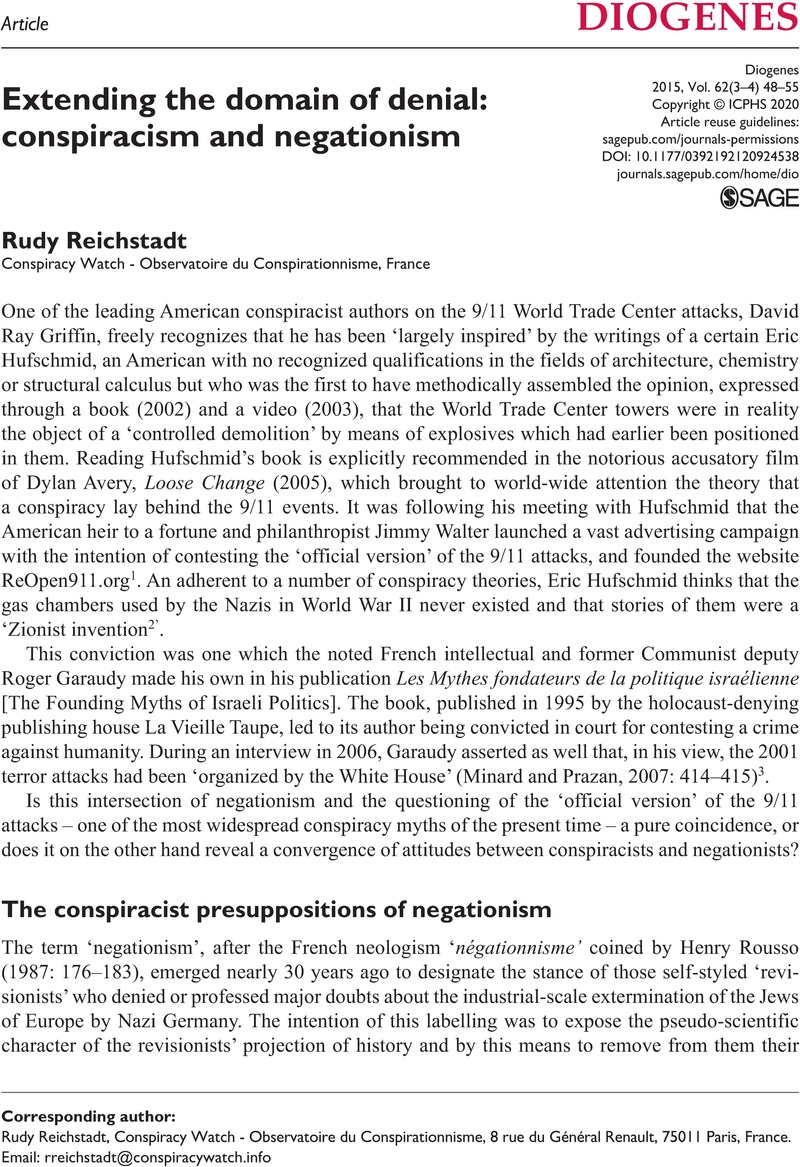Crossref Citations
This article has been cited by the following publications. This list is generated based on data provided by Crossref.
Castro Picón, Natalia
2022.
The Sleep of Neoliberal Reason: Denialism, Conspiracies and Storytelling on Crises through Ventajas de viajar en tren.
Humanities,
Vol. 11,
Issue. 3,
p.
64.
Evangelista, Simone
and
Garcia, Marcelo
2024.
Narrativas Sobre Mudanças Climáticas no TikTok Brasil: Entre o Diagnóstico e a Desesperança.
Revista Lusófona de Estudos Culturais,
Vol. 11,
Issue. 1,
p.
e024003.



